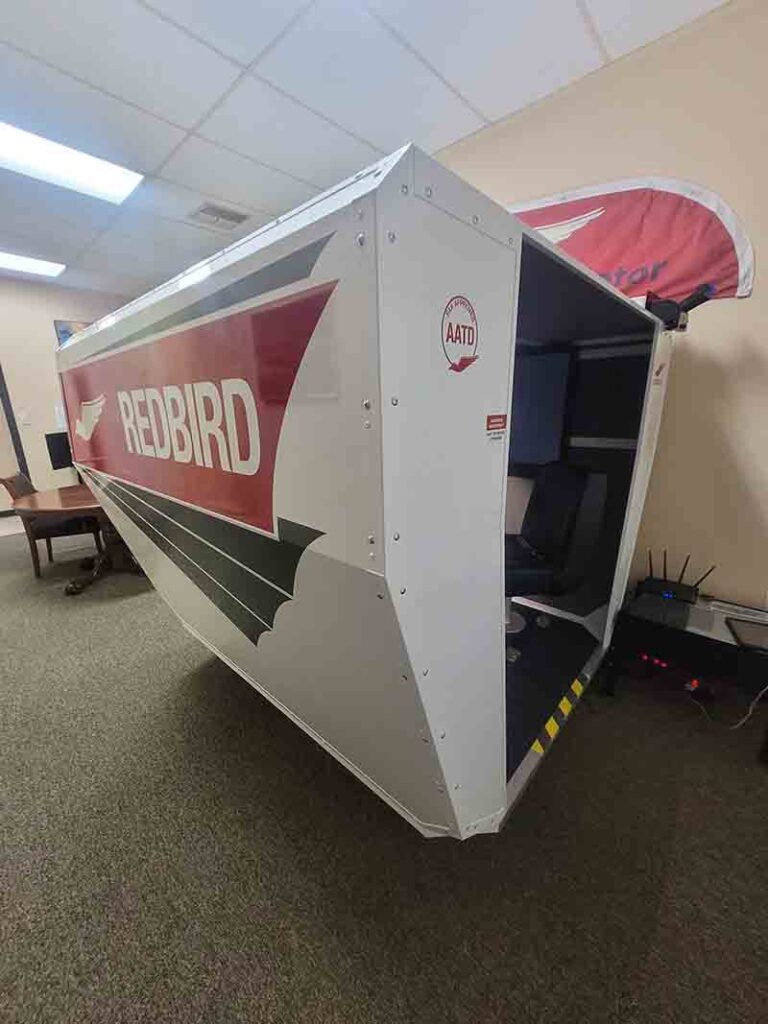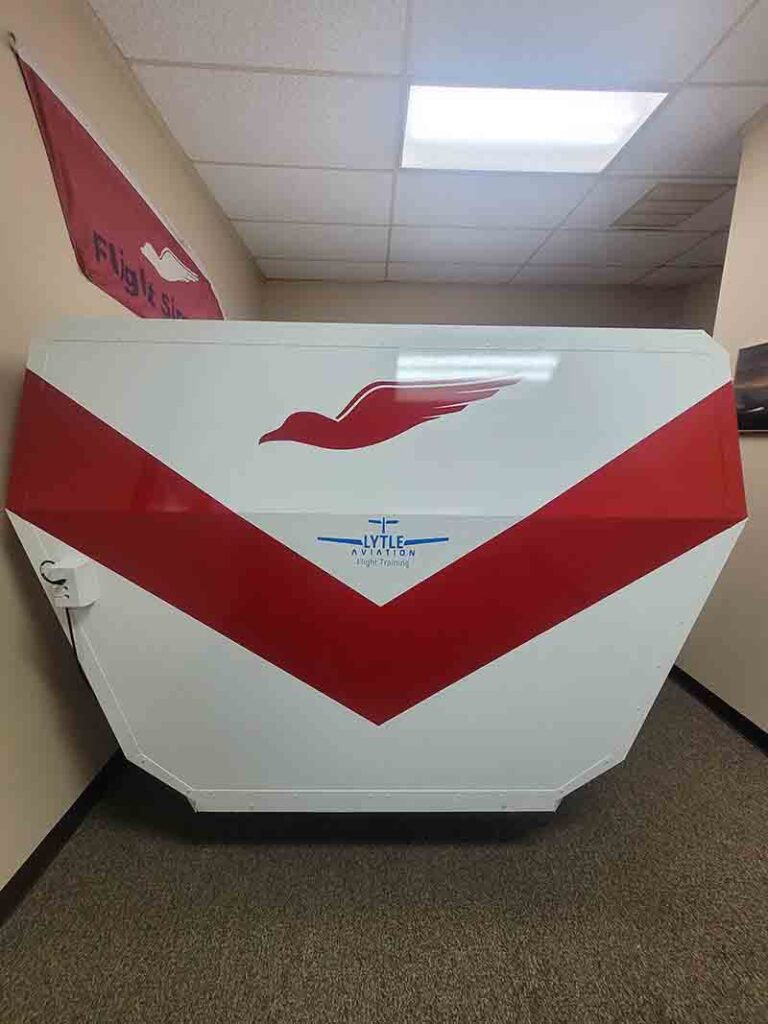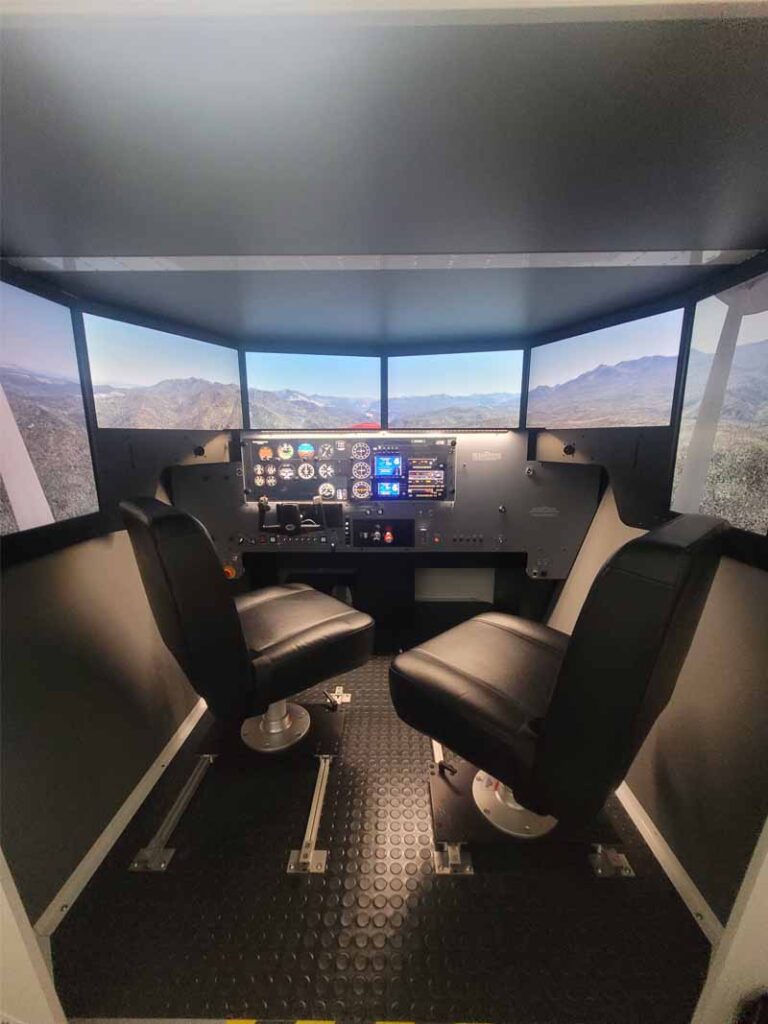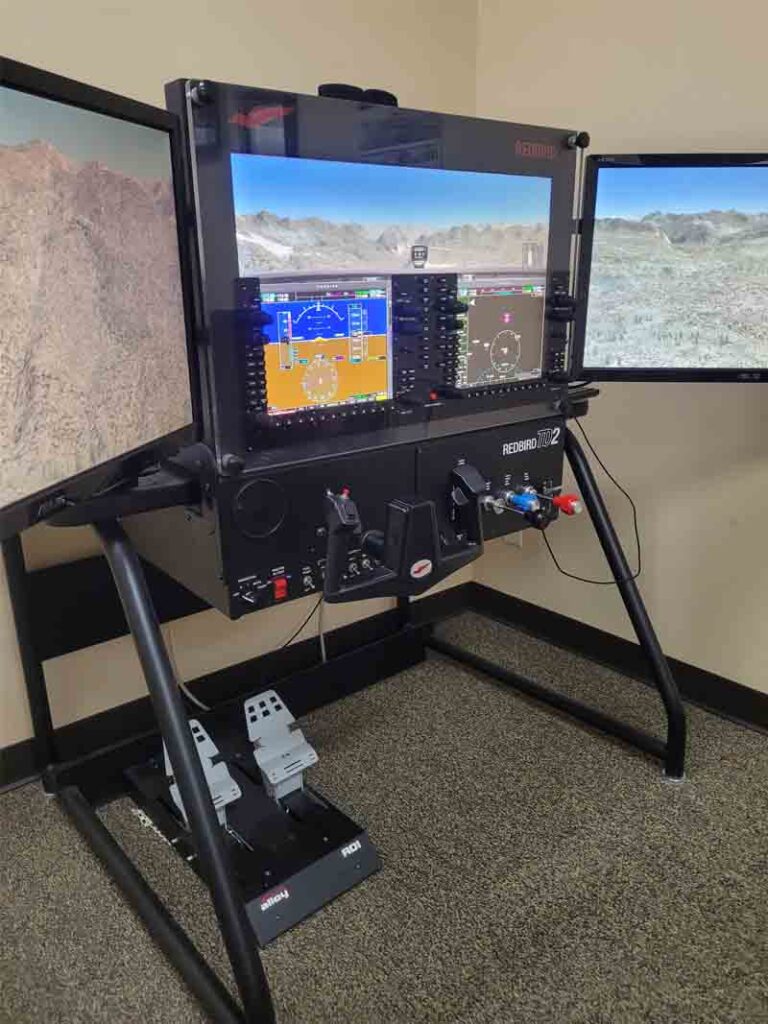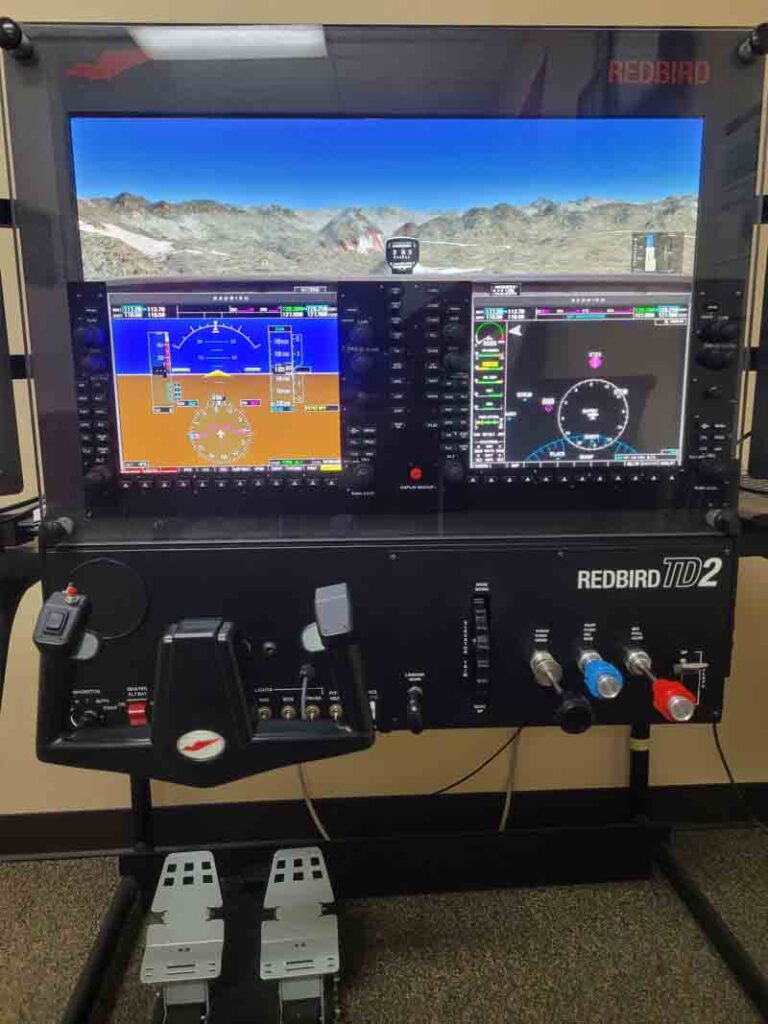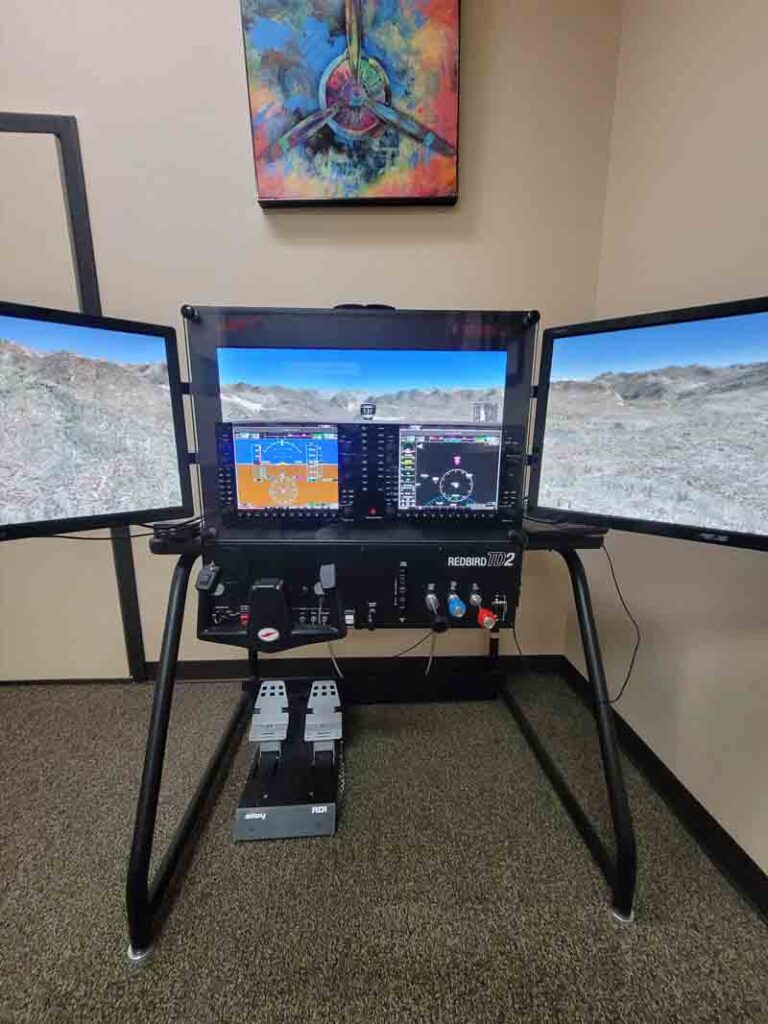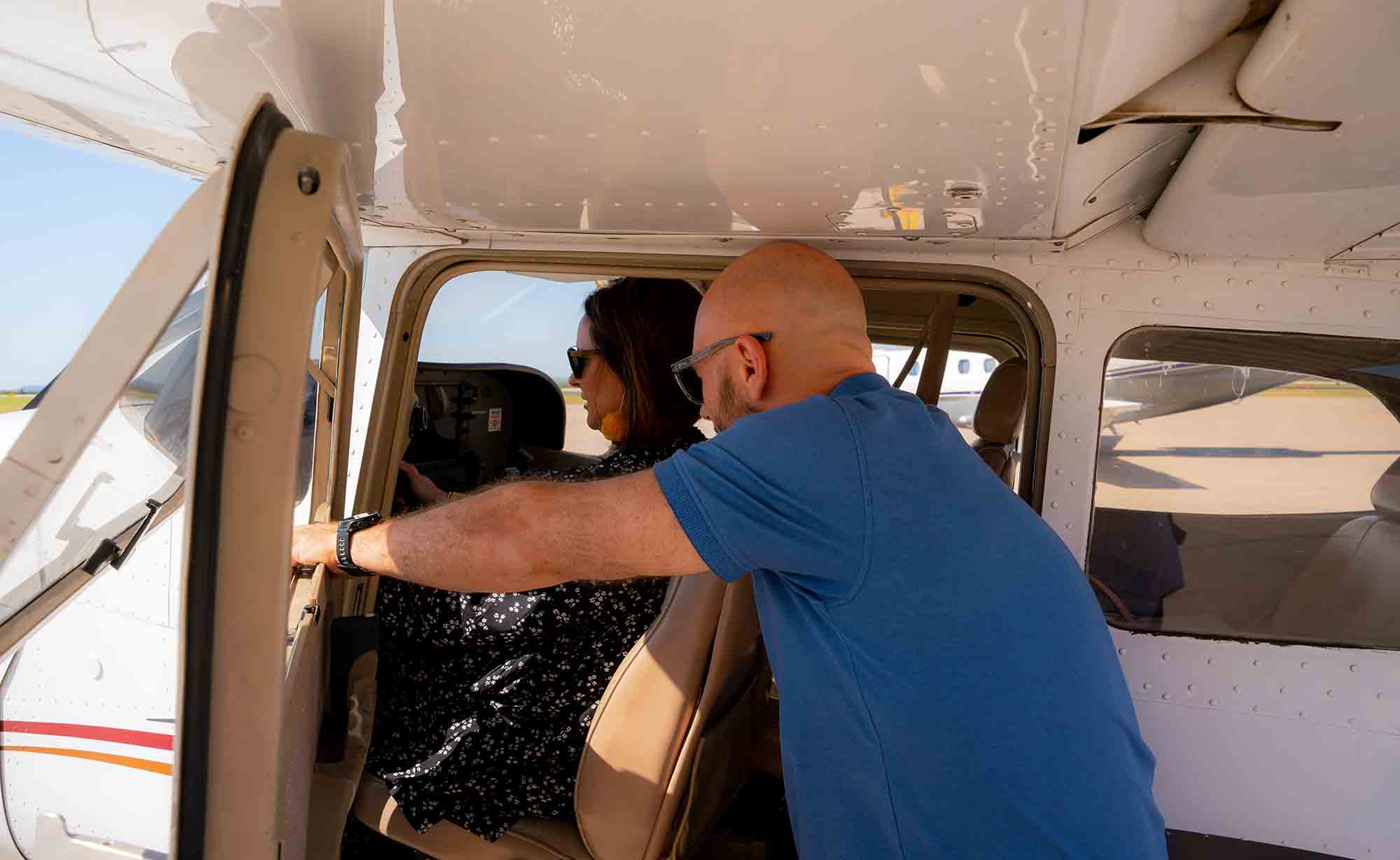
How do I Become
A Private Pilot?
The million dollar question!
The information on this page will go into detail on the different stages of Private Pilot training, the skills you will pick up along the way, how you can get started, and what all you can do with a Private Pilot Certificate. We won’t lie to you, it takes commitment and hard work, but in our opinion, it’s the best kind of hard work, the kind where you get to have fun while you’re doing it! You can get started today. Book your Discovery Flight.
The information on this page will go into detail on the different stages of Private Pilot training, the skills you will pick up along the way, how you can get started, and what all you can do with a Private Pilot Certificate. We won’t lie to you, it takes commitment and hard work, but in our opinion, it’s the best kind of hard work, the kind where you get to have fun while you’re doing it! You can get started today. Book your Discovery Flight.



